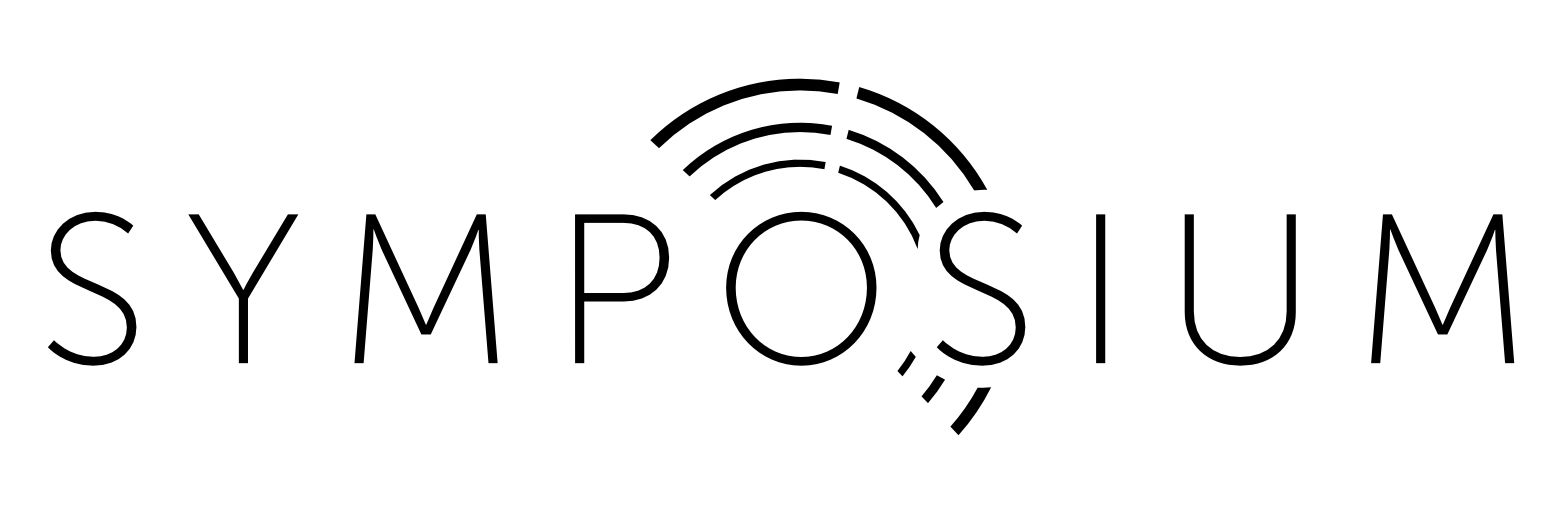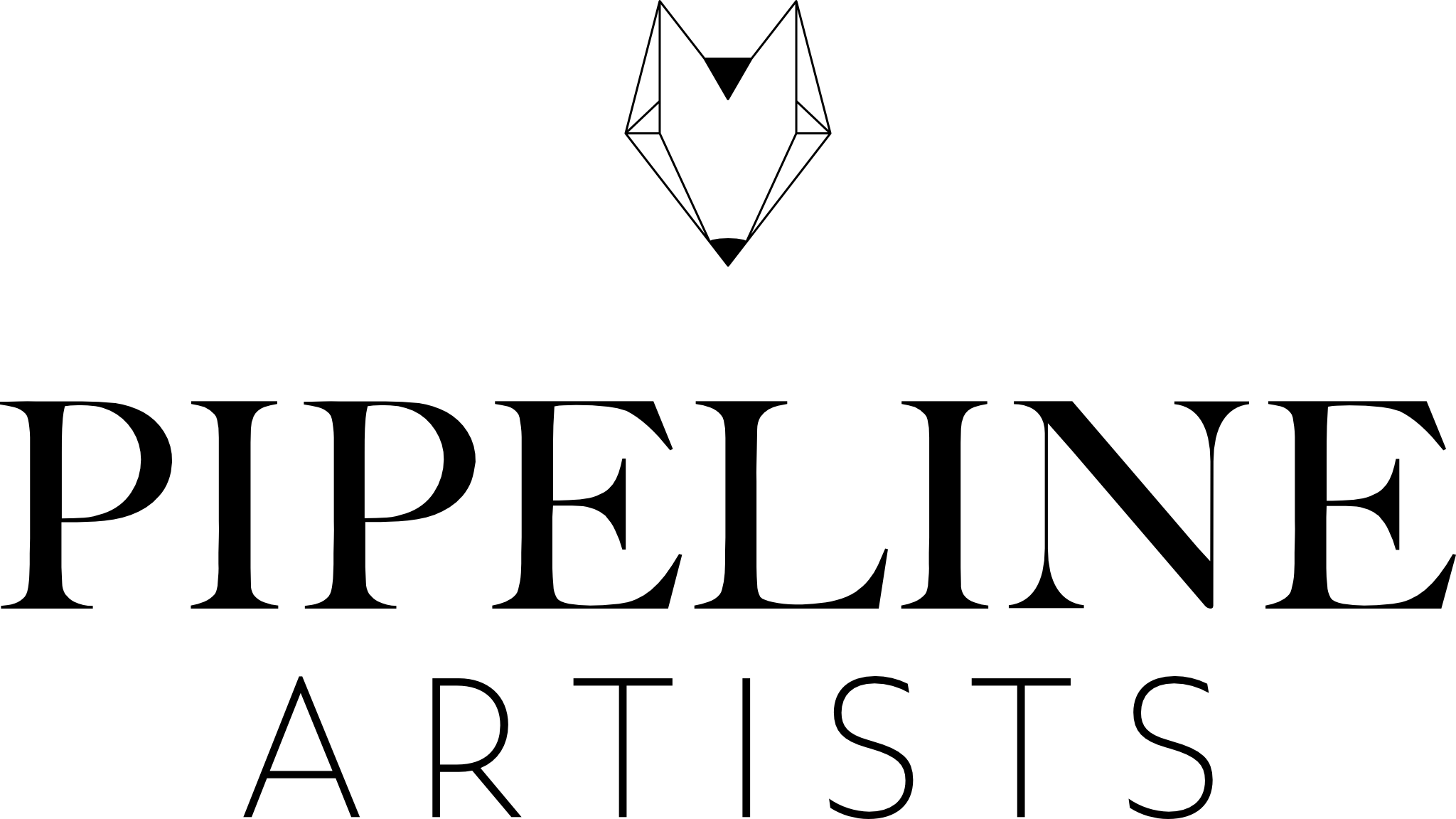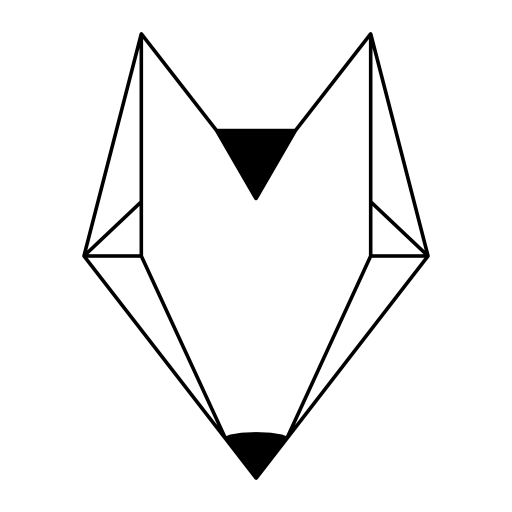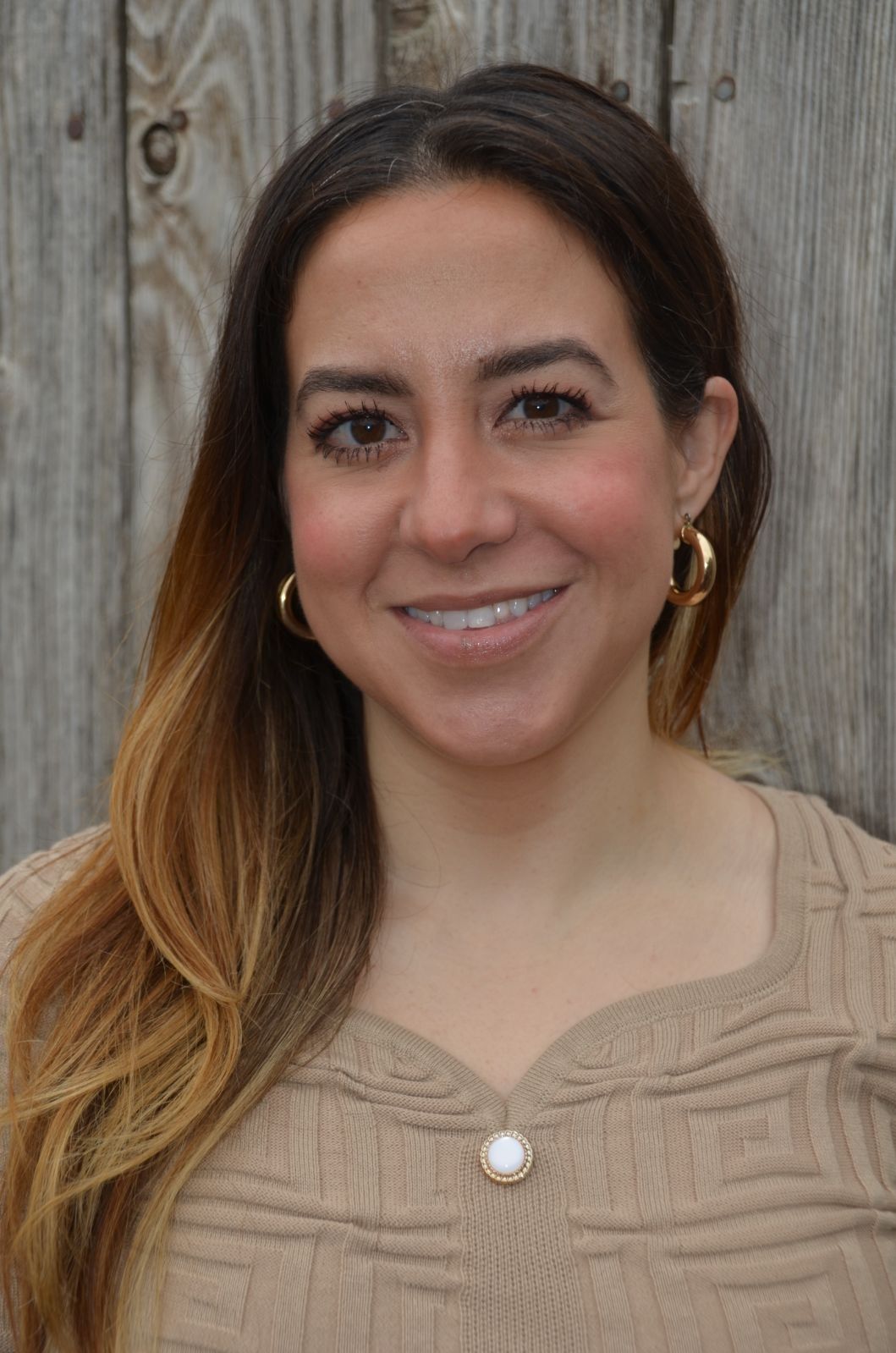
Interview: Author Isabel Peña Alfaro on Self-Publishing
Isabel Peña Alfaro is a Mexican-American writer whose debut novella, Taming Jackal, was self-published in November 2023. Drawing on her cultural heritage, she tells the story of Martina, a Latina student from Queens at a predominantly white university who gets involved with Ellis, a charming hockey player from New Jersey with an inner demon called Black Cat. This enigmatic creature is much like Martina’s own inner demon, Jackal.
I sat down with Isabel to discuss her process, self-publishing journey, and her main character Martina’s journey.
Was Taming Jackal always going to be a novella in your mind? Before you sat down, was its length and final form something you already had preconceived?
No, it was not always going to be a novella or a longer story. It started as a short story. My friend Sam Peck and I used to exchange a lot of short stories—this one was just one of them. And then it kept bothering me. It was one of those stories that was like a pebble in your shoe that you're like, ah, there's something there, and I need to write this.
As we exchanged more stories, I started writing further chapters. Then I loved it so much that I was like, there's a lot here. It was a story that needed to be told, so I just kept writing it. Then COVID happened, and a lot of things happened, and I put it down, and then I would pick it back up. The whole process took three years from the start to the end.
I noticed that one of Amazon’s categories for your book is magical realism. What genre would you describe this as yourself? Are you okay with that tag?
Yeah, I like that tag because it goes into this other world with the alter characters of the main characters. I’ve always loved magical realism because, as a Latina who grew up in Mexico, I find that so much Latin American literature is inspired by magical realism. So, I like the mixing of worlds, both tangible and intangible.
This book is in its own category. I’d say it’s more like literary fiction because you can’t put it into a category. It focuses a lot more on character development and the place than the plot. I think the fact that it explores mental health in a deeper way would make it a little bit more of a literary fiction than anything else.
Did you try traditional publishing first, or did you say, “I’m going to self-publish this straight out of the gate?”
I wanted to self-publish it. As a first novel, I wanted it to be a learning experience for me as a writer. I didn’t want any gatekeeping. I didn’t want anything to throw me off course. I didn’t want the story to change in a drastic way, and I was worried that having multiple editors would do that. I also didn’t want to delay the publishing. I knew that if I did publish it the traditional route, it would take longer and I just wanted it to be out there.
I also like the independence that you get by self-publishing. It obviously has its pros and cons, but I think, for this book, it was the right decision for me.
How has the journey been for you? What have been the highs and the lows?
The highs have been working with the designers, the cover designers, and the internal designers, working with the editor, working with my early readers, and having full control of the entire book—from the way that it looks and feels to what is in it. That is something that I've absolutely loved.
The low is having to market it yourself because if you don't have a lot of time to dedicate to it, or if you don't know how to self-market, then it's just not going to get as much attention or won't reach the channels that it could if it were published traditionally.
So, I think it's doable to self-publish and have it reach big audiences. It just requires a lot of time, effort, knowledge, and even a team. If I could pay a marketing team, I think it would reach more people.
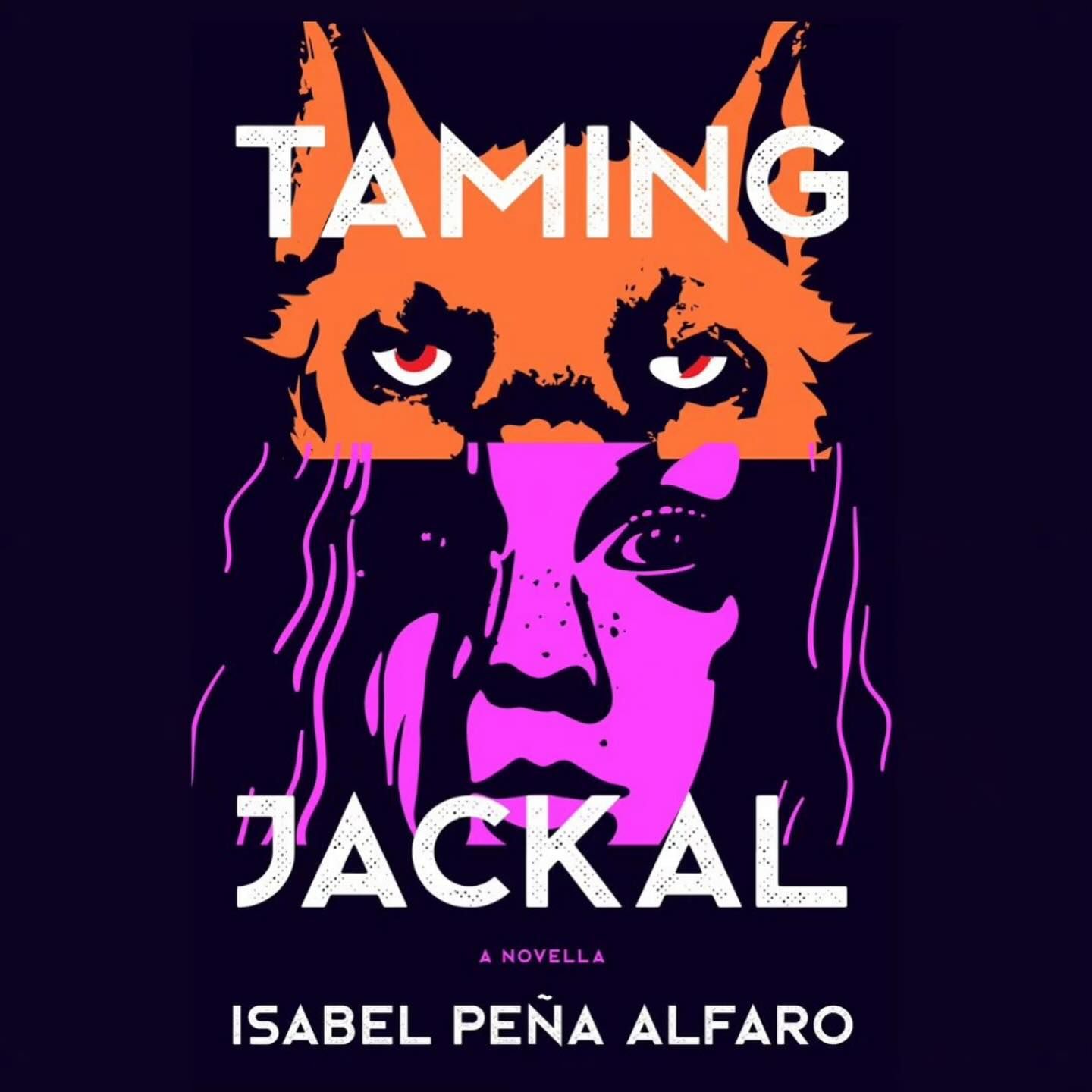
What did you learn about yourself as a writer during the editing process?
I love this question because I wasn't expecting to love the editing process as much. What I loved was working with people. The writing process is so solitary, and I like being with myself, and I like the process of developing worlds and characters. So switching from that to then chatting about it with editors, it's not just a mental shift but almost like a social shift or something. I don't even know how to describe it.
It's a collaboration of kinds.
Yeah. And I love that. I love that there’s that collaboration—that you can talk about moments, that different people see different things, that, you know, when you work with editors, they love reading. It’s really fun when someone loves reading your work, and they love teasing out pieces. I enjoyed that.
The other piece that really surprised me—I was expecting the editor and the early readers to be very tough on me, and I was expecting them to have very negative comments about the book, which is interesting because, you know, it’s kind of like the theme of the book.
It was maybe like my third meeting with the editor, and I said, “OK, when are you going to tell me this is complete shit?” And she said, “No, it’s good!" I said, “Do I have to redo the whole thing? Do I have to chop out half of it?” And she said, “No, this is this is good, you’re a good writer, and it’s it’s a good story.”
So, I think that’s part of being so closed in the solitary writing and then opening up—you’re kind of exposing what you’re doing. And so, going back to the first point, it’s like the exposure of your work. It’s actually freeing. There’s something very uplifting. It makes you feel sort of light. It’s fun. And I was not expecting that.
Is the formatting for the dialogue that Jackal and Black Cat have something you always knew was going to be formatted the way it was?
That was always in there. And that was inspired by Kafka on the Shore by Haruki Murakami. In his book, there’s a part when the main character’s inner voice talks to him. He bolded it the same way I bolded the inner character’s dialogue.
I mean, we have our inner voice. And isn’t that inner voice sort of not entirely yourself? Is it yourself? It might not be entirely yourself. So, then I thought, okay, this inner voice is actually a whole separate being from you. And so I basically made it into the whole book. What Murakami has sprinkled in maybe like four or five pages in very short sentences, I kind of blew it out and made it into a whole character development.
What inspired the animal choices?
The Jackal. I wanted something that was conniving and a little scary, definitely wild. Foreign but not too foreign; foreign because it’s African, but not too foreign because we all know dogs. Scary but also cute. I also wanted a name like the Jackal. I wanted both names of the animals to be sort of unisex, so not a female or a male kind of animal.
And I wanted the Black Cat to be a bigger animal. So when you say Black Cat, you usually think like a little cat, like a small house cat, but I wanted this one to be like a bigger, takes-over-you animal. Murakami also inspired the Black Cat because Murakami includes cats in most of his stories. Initially, I just had the Black Cat, and then later, I added the Jackal. In my mind, they didn’t need to be large animals because it was an animal that was inside you.
What's your writing process like? Are there outlines? Are there explorations? How do you get from idea to page?
I let the story take me wherever it's going to take me. And I also write with a pen and paper first. I know it's slower, and sometimes it's more annoying because when you have a lot of thoughts coming to you, you can't just type it out really quickly. But I like the process of just writing and knowing that I'm going to cut out probably 80% of what I write. So that's why I write off with a pen and paper because I can just write, write, write.
And then, when I transfer it over to the computer, that's where I can cut out things. And it lets me not have that writer's block because if you're on the computer, you can see it all, and you can sort of see what's working and what's not working on the page. [With pen and paper], you kind of keep turning, and it's messy, and you don't see what's working and what's not working.
In terms of the ending, this is something I've always struggled with because I never really have an ending, and it's harder not to have one because you don't know where you're going. But then, it also allows the story to develop itself into whatever it's going to be. You give legs to the characters to do whatever they're going to do. So it's a learning process of letting go of the control of not having an ending when you start writing, or even in the middle of writing it.
Were there suggestions that early readers made that had an impact on the final version?
Not huge suggestions. I think the main comment was how to bridge the first part with the second part because, in the first part of the book, you're not going into that other world yet. And so, the tone is very lighthearted and playful. And the second part of the book goes deeper into topics. And the two alter characters are introduced. So, the comments that did change the book were trying to weave in the alter characters more into the beginning.
Martina's journey to better mental health is really powerful. Have you had any reader responses sharing how that journey resonates with them?
I've had a lot of responses from people of all sorts of sexual orientations. It's not just women or young adult women who have said, "Wow, this really resonated with me." And it's nice to open up this topic that is not really talked about a lot, like mental health, mental health struggles, medication, discussing medication, whether it's like good or bad, or asking if you're leaning too much on medication and not facing your struggles. I think people identified with that.
Also, living in cities and feeling alone when you're surrounded by so many people resonated with readers. Other readers were kind of shocked; they were like, "This is too much." I have one friend who didn't finish reading it because he saw himself too much in the story. It's been all kinds of responses, but that's why I had that little pebble in my shoe—we don't talk about mental health as much as we can, or normalize it.
Do you have a favorite moment in the book?
My favorite moment is when the Black Cat takes Ellis and Martina into the cave for the first time. I loved writing that. That moment, there's like the change in temperature of going into this cave, describing very graphically and vividly what the cave looked like, the temperature of the cave, and the sort of floating purple ashes. Just coming up with all those little details was really fun for me. And then also the sound. You had this sound in the cave, and the black cat was putting his nails into Ellis's arm, and everyone was really scared. It felt mischievous, and as a writer, being so mischievous in this world and imagining it and making the black cat scary. It was fun. I had a lot of fun writing that part.
*Feature photo, Isabel Peña Alfaro
